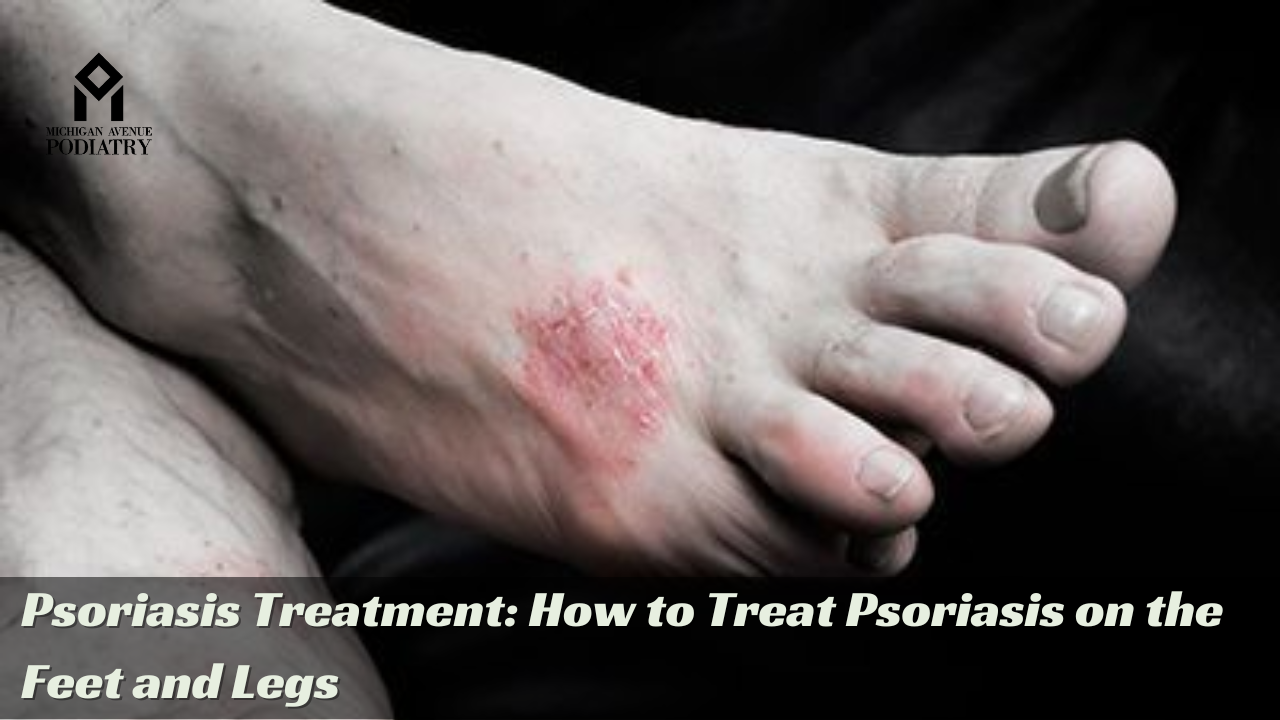Psoriasis is a chronic autoimmune condition that affects millions worldwide, causing uncomfortable symptoms and impacting daily life. While it commonly manifests on the skin, psoriasis on the feet and legs can be particularly challenging to manage due to constant movement and friction. However, with the right treatment approach and guidance from a podiatrist, individuals can find relief and regain control over their symptoms.
Understanding What is Psoriasis
Psoriasis is characterized by the rapid buildup of skin cells, leading to red, scaly patches that can itch, burn, and become inflamed. On the feet and legs, these symptoms can interfere with mobility and cause discomfort during activities such as walking or standing for long periods.
Effective Treatment Options:
- Topical Treatments: Topical corticosteroids and calcineurin inhibitors are commonly prescribed to reduce inflammation and itching associated with psoriasis. These medications can be applied directly to the affected areas on the feet and legs, providing targeted relief.
- Phototherapy: Phototherapy, or light therapy, involves exposing the skin to ultraviolet light under medical supervision. This treatment can help slow the growth of skin cells and reduce inflammation, effectively managing psoriasis symptoms on the feet and legs.
- Systemic Medications: In severe cases of psoriasis, oral or injectable medications may be necessary to target the underlying causes of the condition and suppress the immune response. These medications require close monitoring by a healthcare professional due to potential side effects.
- Moisturizers and Emollients: Keeping the skin on the feet and legs well-moisturized is essential for managing psoriasis symptoms and preventing flare-ups. Moisturizers and emollients help soothe dryness and irritation, promoting healing and improving overall skin health.
- Lifestyle Modifications: Certain lifestyle factors, such as stress, smoking, and excessive alcohol consumption, can exacerbate psoriasis symptoms. Adopting healthy habits, including regular exercise, stress management techniques, and a balanced diet, can support overall well-being and minimize the impact of psoriasis on the feet and legs.
The Role of a Podiatrist
A podiatrist plays a crucial role in the management of psoriasis on the feet and legs, offering specialized care and personalized treatment plans tailored to each individual’s needs. By collaborating with a podiatrist, patients can access expert guidance and support throughout their psoriasis journey, ensuring optimal outcomes and improved quality of life.
Conclusion: Psoriasis on the feet and legs can pose significant challenges, but with the right treatment approach and the support of a podiatrist, individuals can effectively manage their symptoms and lead fulfilling lives. By incorporating a combination of topical treatments, phototherapy, systemic medications, moisturizers, and lifestyle modifications, patients can find relief and regain confidence in their ability to navigate daily activities with ease.



